11 Free Music Symbol transparent PNG images
Discover our curated collection of 11 free AI-generated Music Symbol images, perfect for musicians, designers, and content creators. Browse through an extensive variety of high-quality stock photos, 3D renderings, vector graphics, and artistic illustrations representing musical notation and symbols. Each image is available for high-resolution download, and you can customize any design using our 'open in editor' feature to fine-tune the AI prompt for your specific needs.
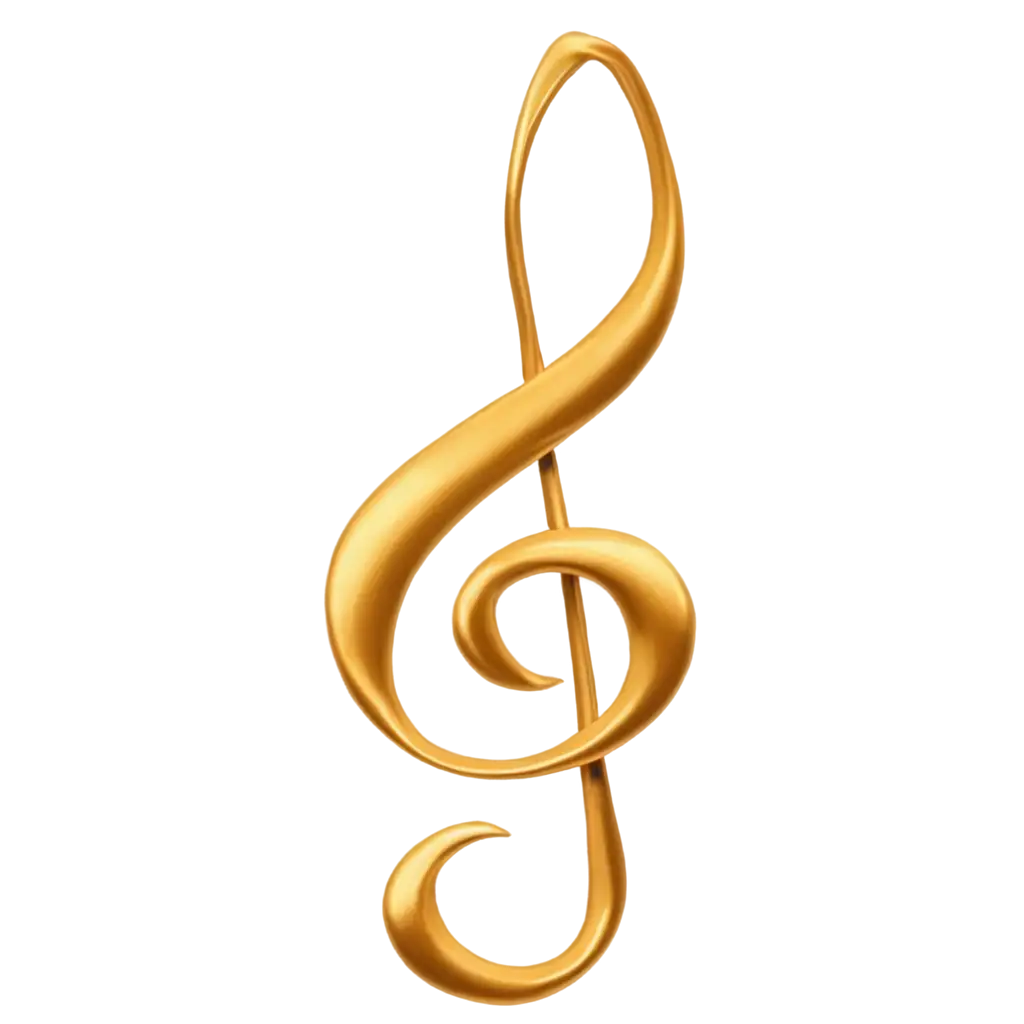
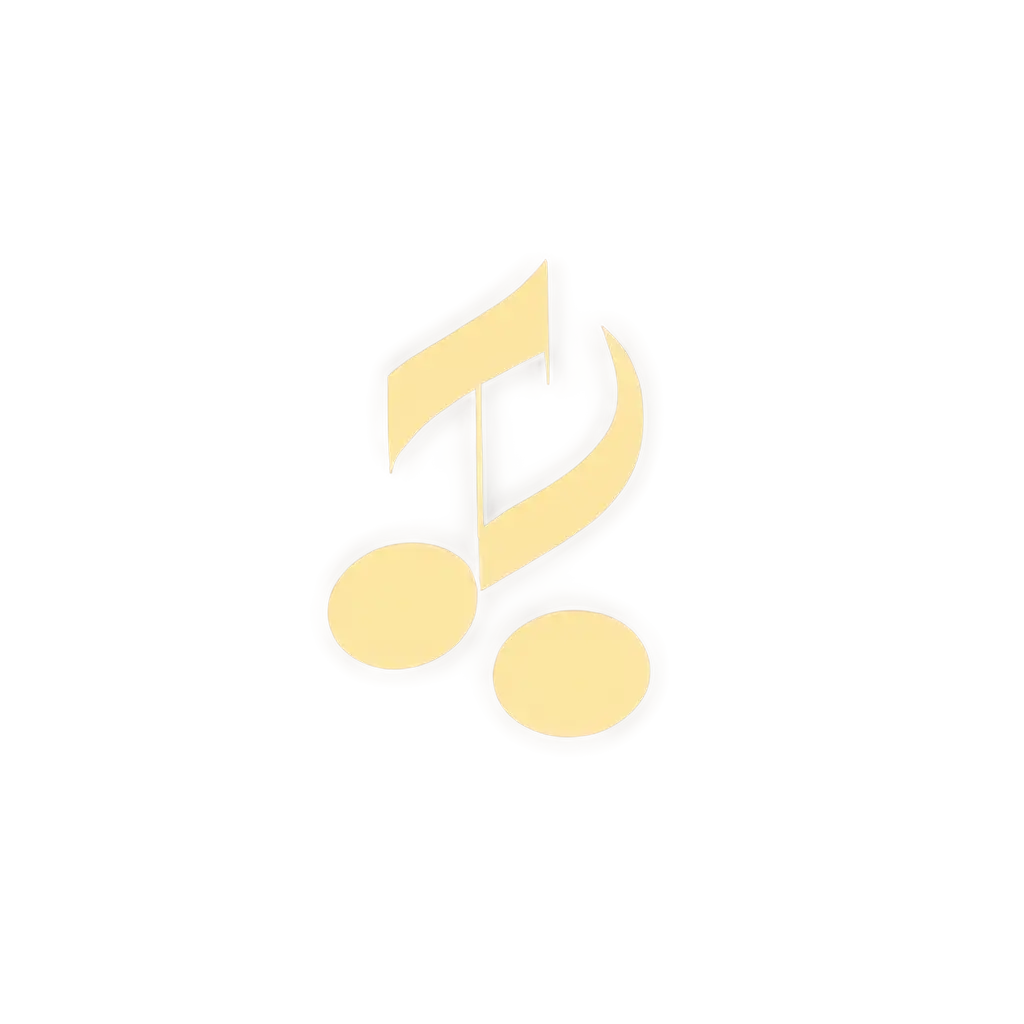
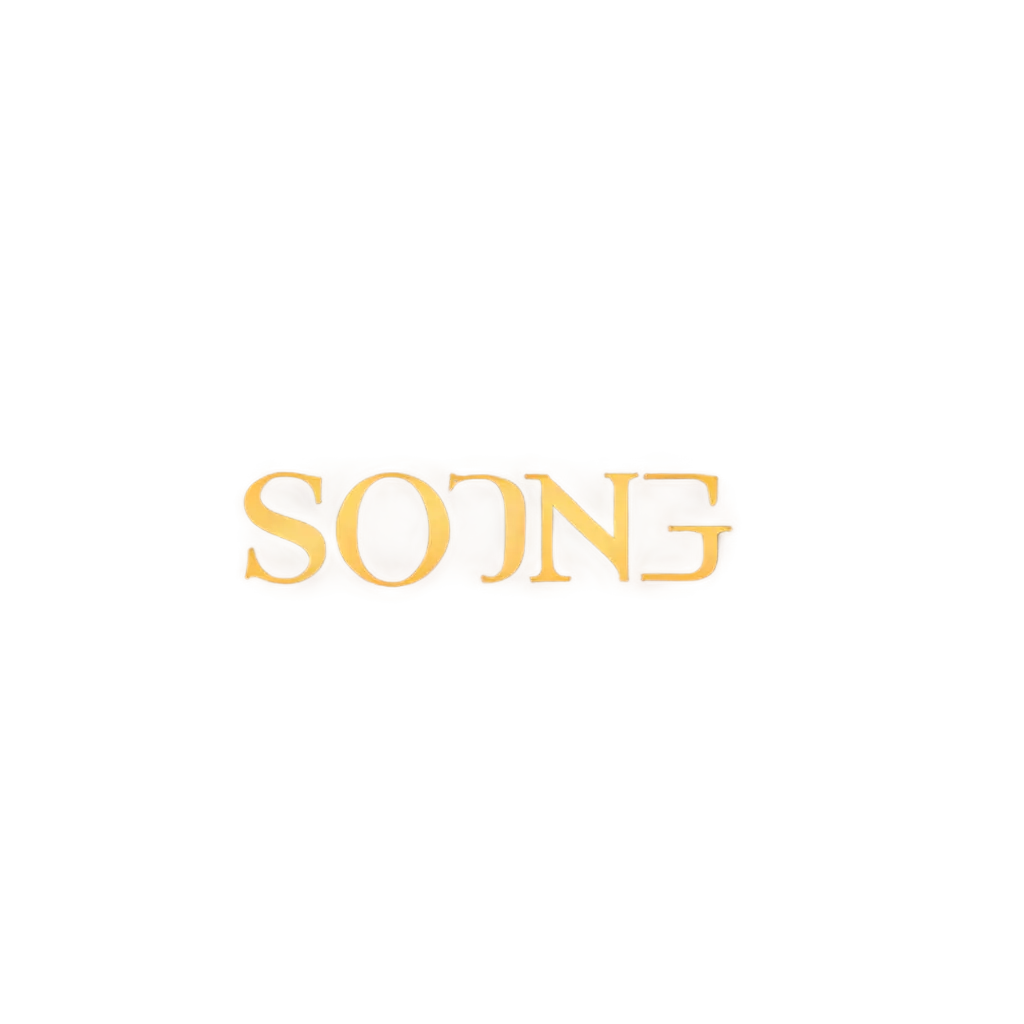
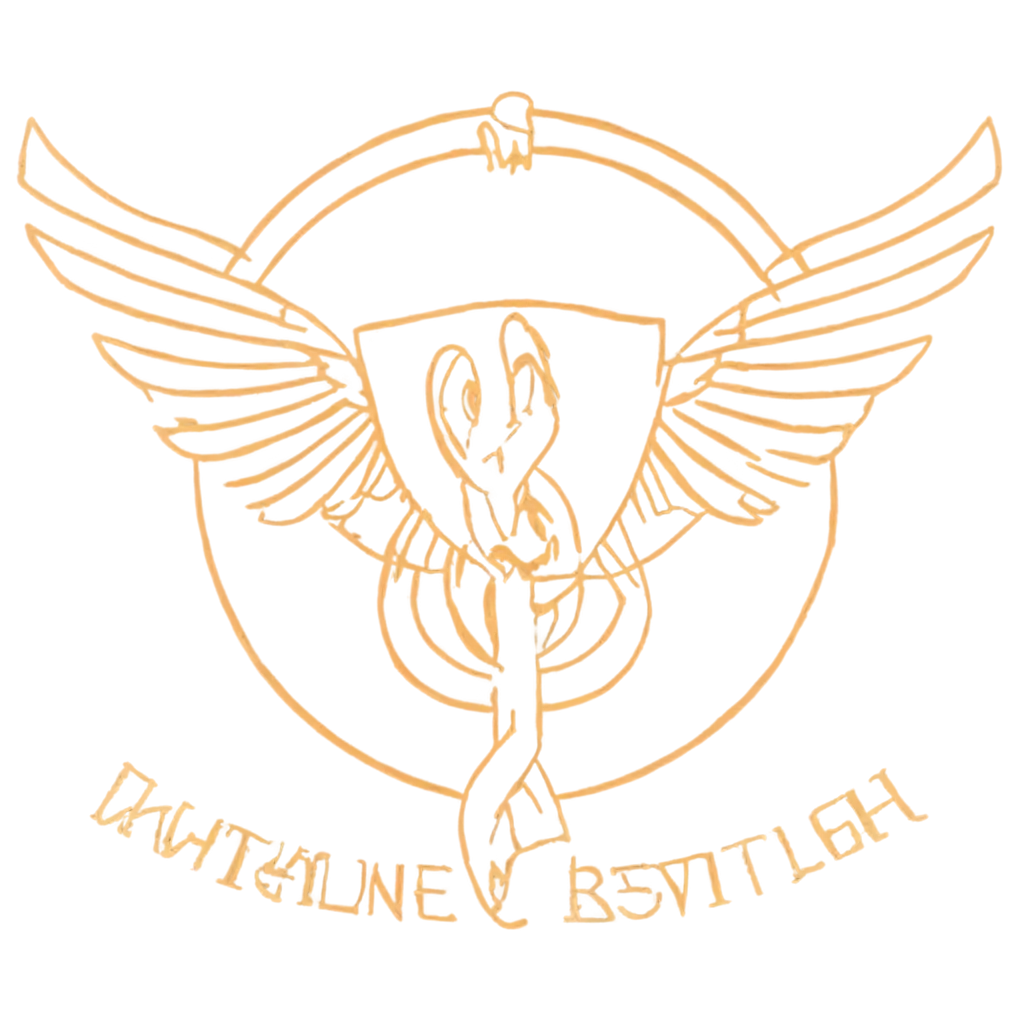
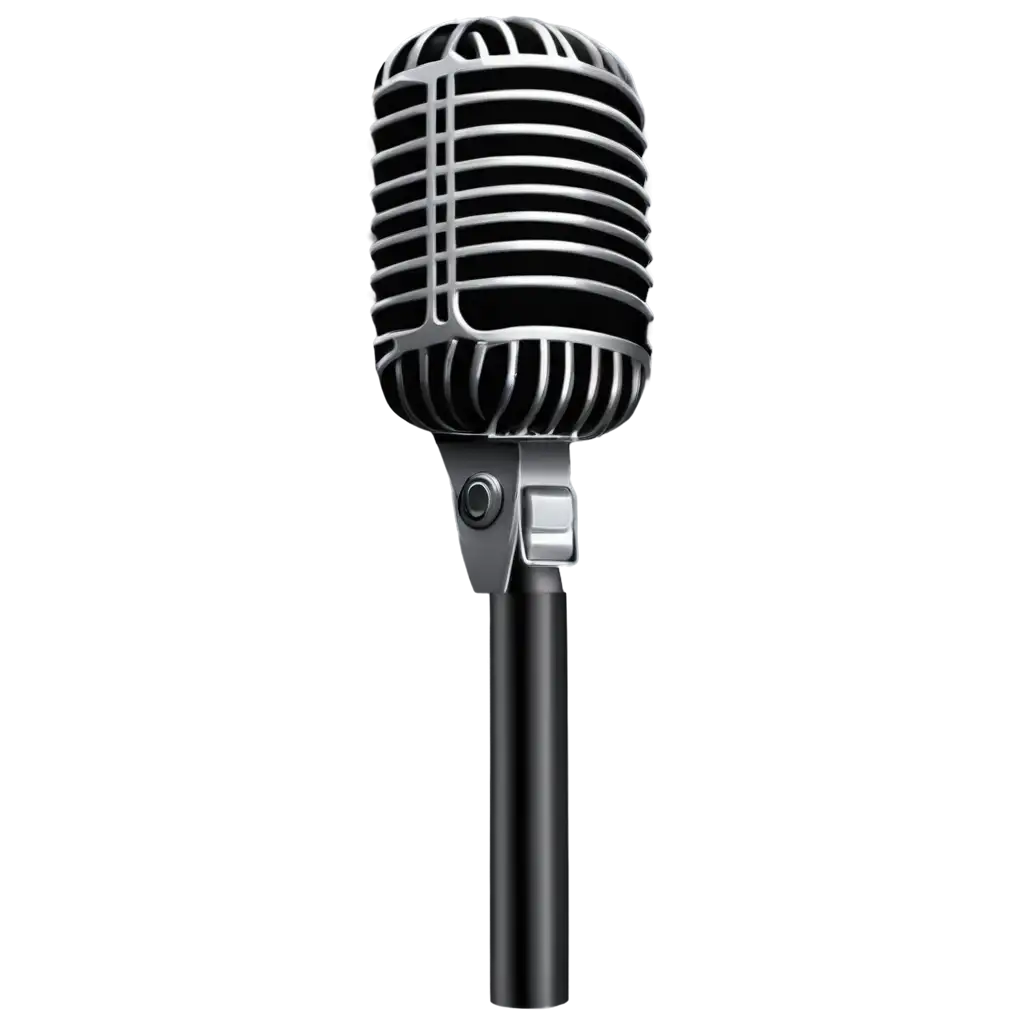
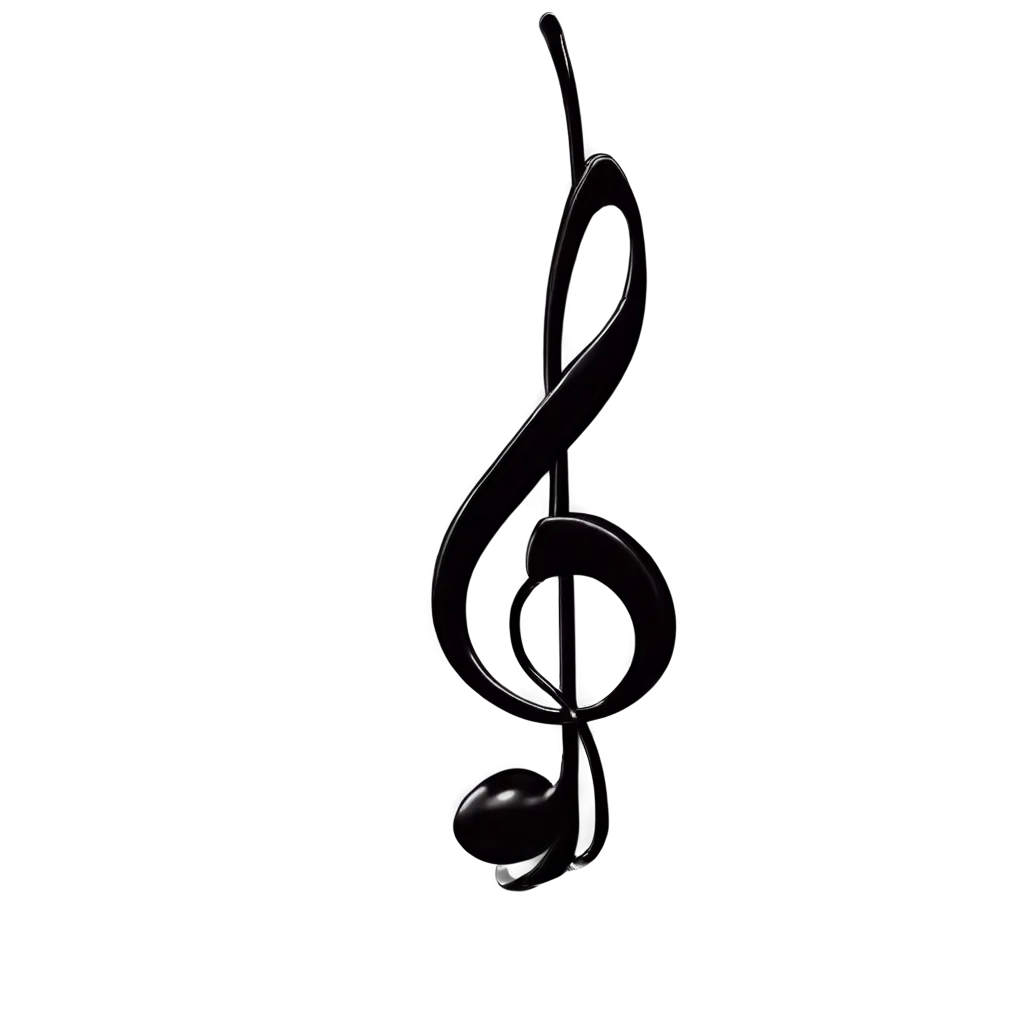
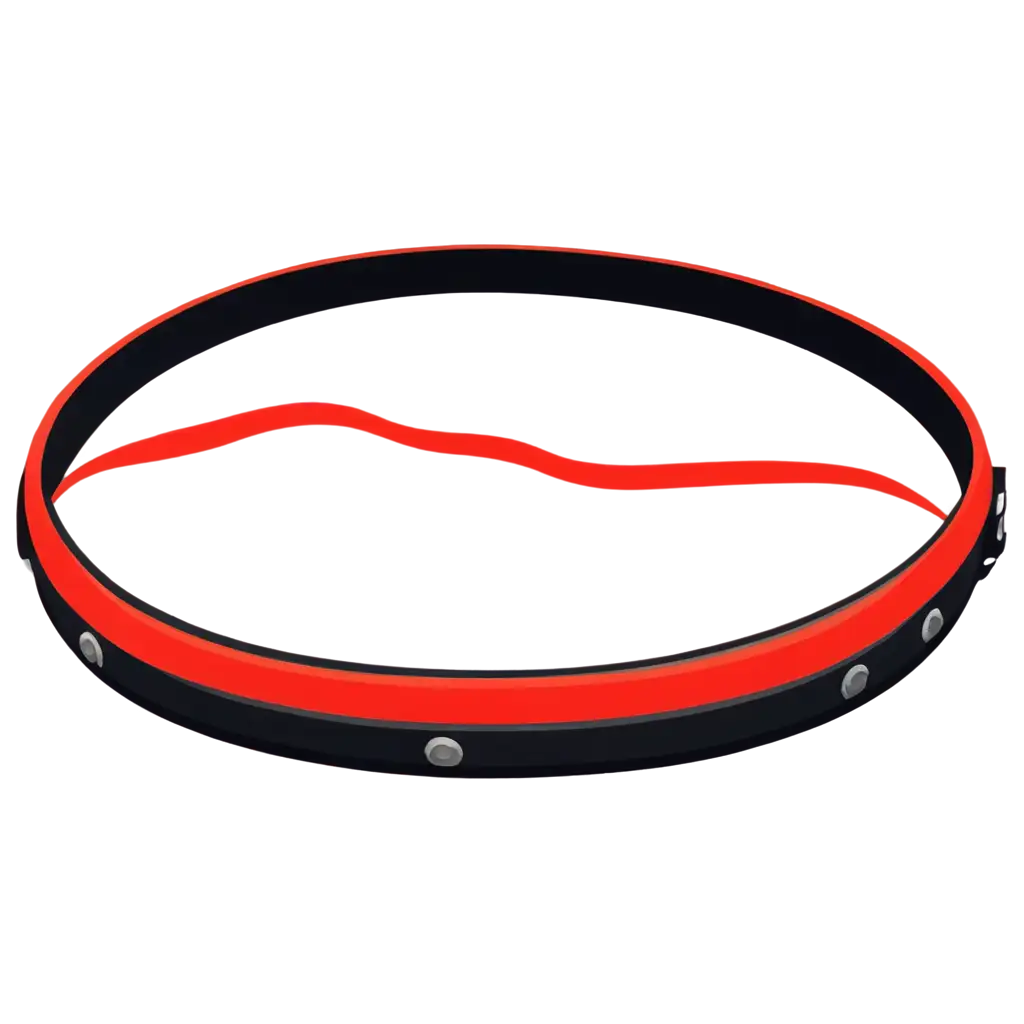
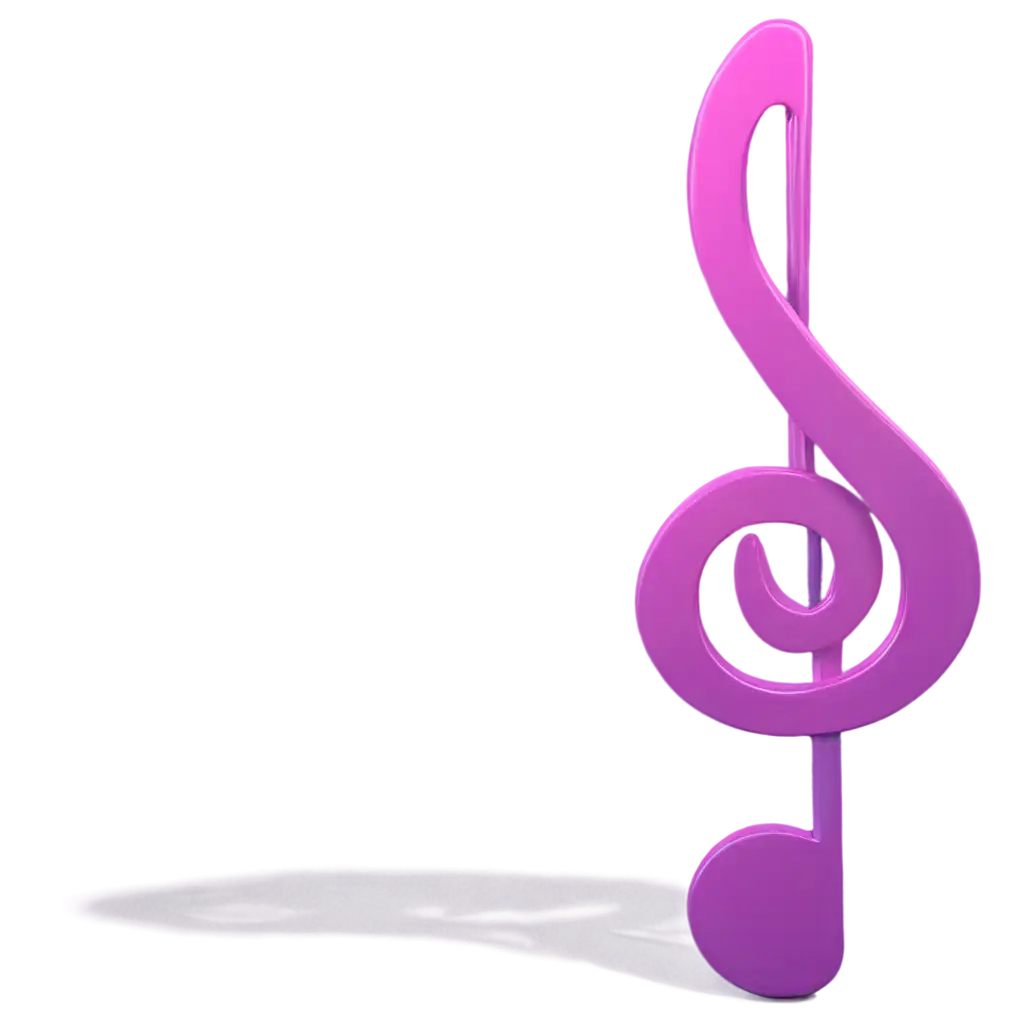
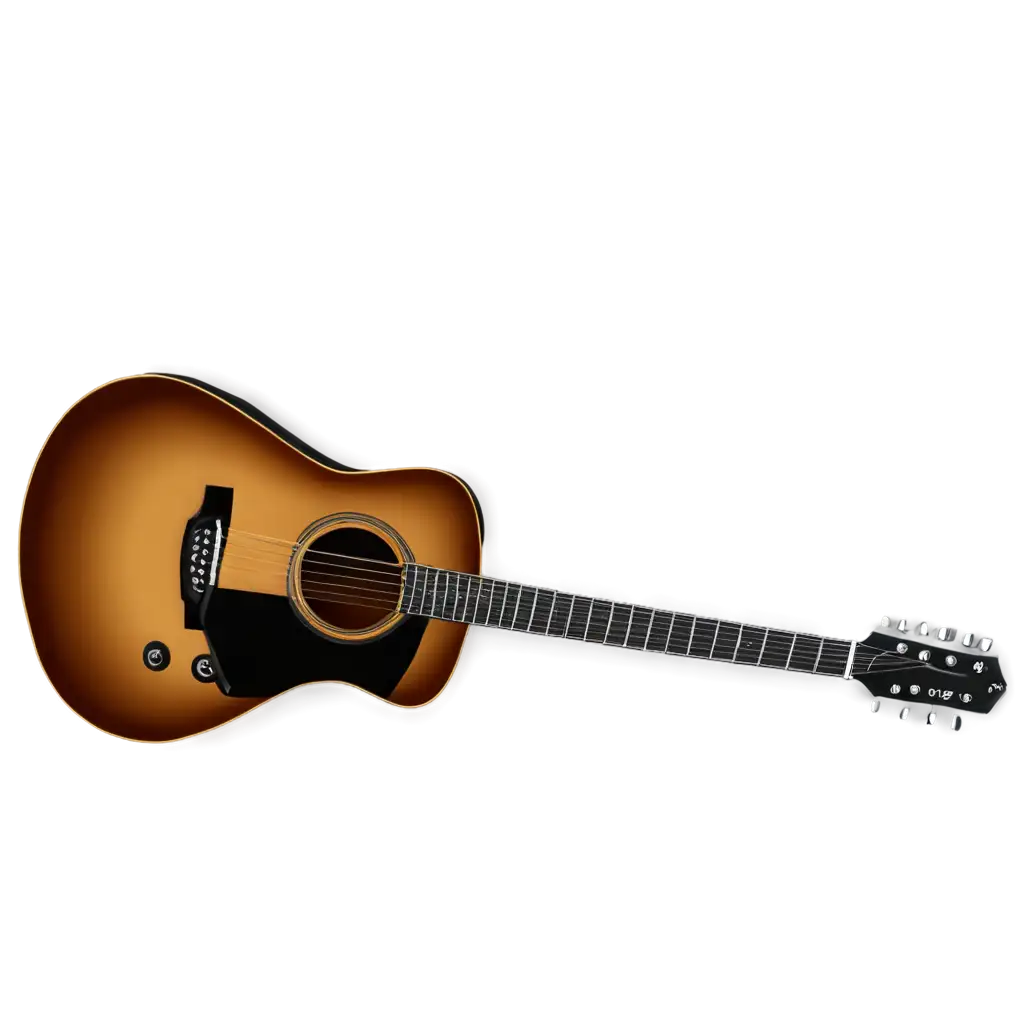
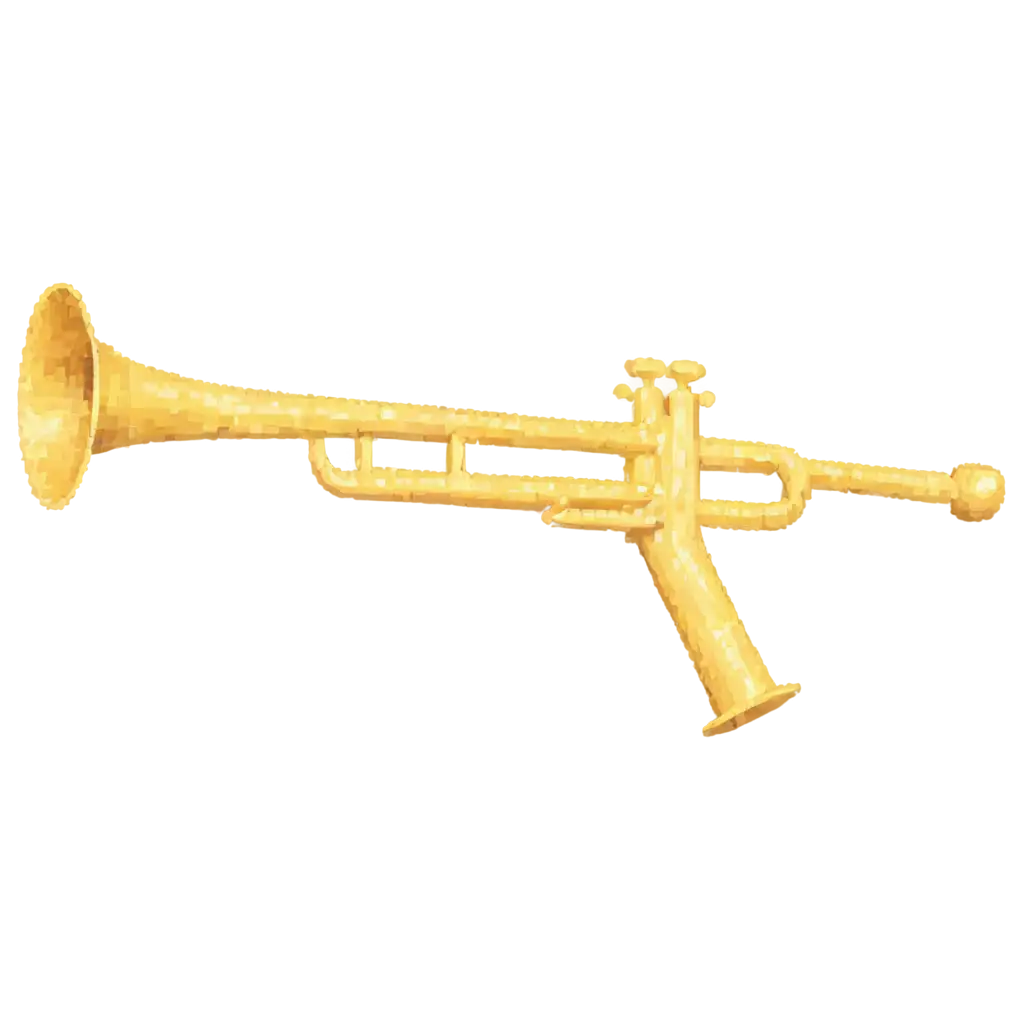
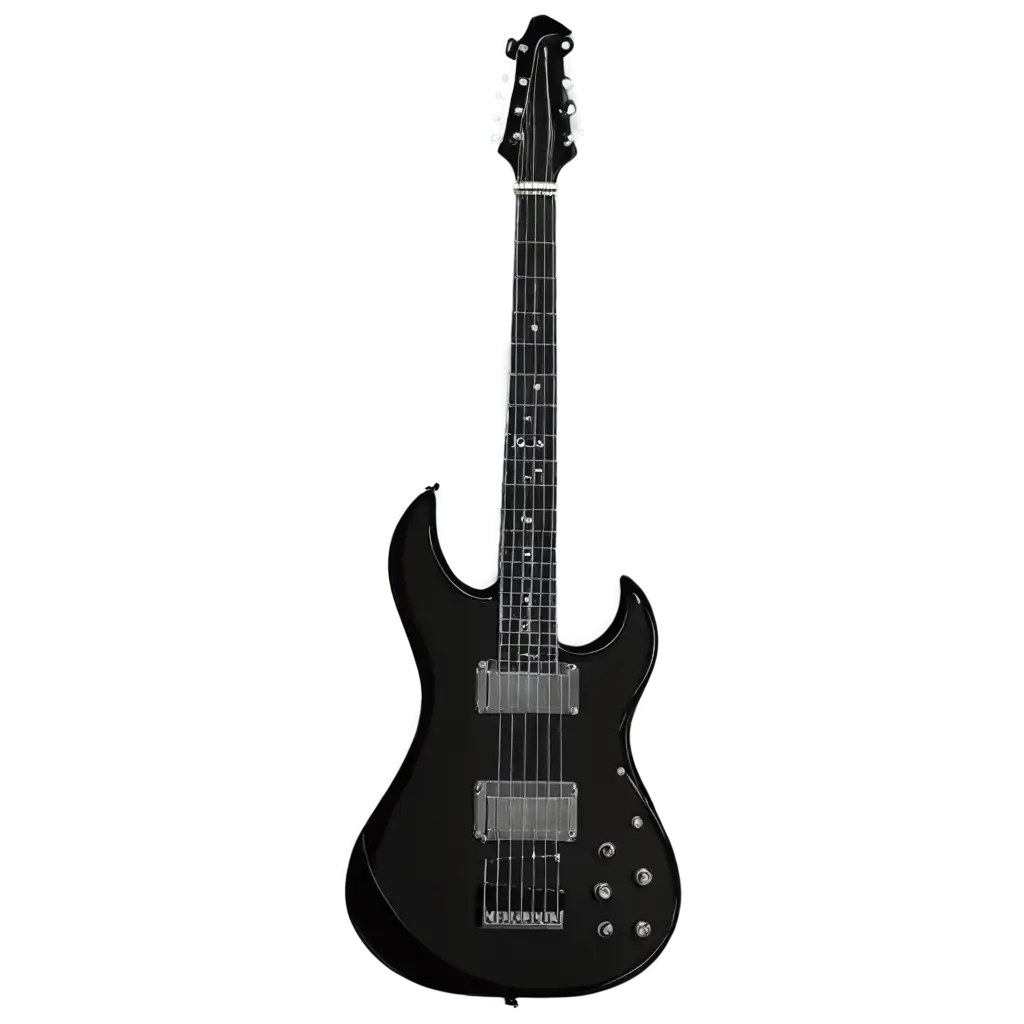
Related Tags
Musical symbols form the foundation of written music, evolving from early medieval neumes to today's standardized notation system. These symbols encompass everything from basic elements like treble and bass clefs to complex dynamic markings and articulation signs. In modern contexts, musical symbols have expanded beyond traditional notation to include contemporary interpretations in logos, digital interfaces, and artistic designs. The visual language of music continues to evolve, incorporating both historical accuracy and modern artistic expression in ways that bridge classical traditions with contemporary design sensibilities.
Understanding Musical Symbols: From Classical Notation to Modern Icons
Music symbols find extensive use across various digital platforms and applications. They're essential in music education software, where clear, visually appealing notation helps students learn. In streaming services and music apps, simplified musical symbols serve as intuitive icons for play, pause, and navigation controls. The design world frequently incorporates musical symbols into logos for music schools, recording studios, and entertainment brands. Social media content creators often use musical symbols to enhance their posts about music-related topics, while video game developers integrate them into rhythm games and music-based entertainment. These versatile symbols also appear in digital sheet music platforms, where they must balance traditional notation accuracy with modern screen readability.
Popular Applications of Music Symbol Designs in Digital Media
When creating music symbol artwork, consider the balance between accuracy and artistic interpretation. Start with fundamental elements like the treble clef, which offers numerous opportunities for creative styling while maintaining recognizability. Experiment with different techniques such as 3D rendering for depth, vector designs for scalability, and watercolor effects for artistic expression. Pay attention to spacing and proportion, as musical symbols often need to maintain specific relationships to be effective. For digital designs, ensure that symbols remain clear at various sizes, from large display graphics to small icons. Consider incorporating elements like staff lines, notes, and dynamic markings to create more complex compositions. Modern design tools allow for innovative approaches, such as gradient effects, texture overlays, and dynamic color schemes that can bring traditional symbols into contemporary contexts.
Creating Distinctive Music Symbol Artwork: Tips and Techniques
The future of music symbol design is being shaped by emerging technologies and changing user needs. Augmented reality applications are beginning to transform how we interact with musical notation, creating opportunities for three-dimensional and interactive symbol designs. AI-powered tools are enabling new ways to generate and manipulate musical symbols, leading to innovative interpretations that maintain functionality while pushing creative boundaries. The rise of digital music education platforms is driving demand for more engaging and accessible symbol designs that work across different devices and screen sizes. We're also seeing increased interest in customizable and animated music symbols that can respond to user interaction or sound input, creating more dynamic and engaging visual experiences. These developments suggest a future where traditional musical notation evolves to embrace new technologies while preserving its essential communicative function.
Future Trends in Music Symbol Design and Digital Innovation